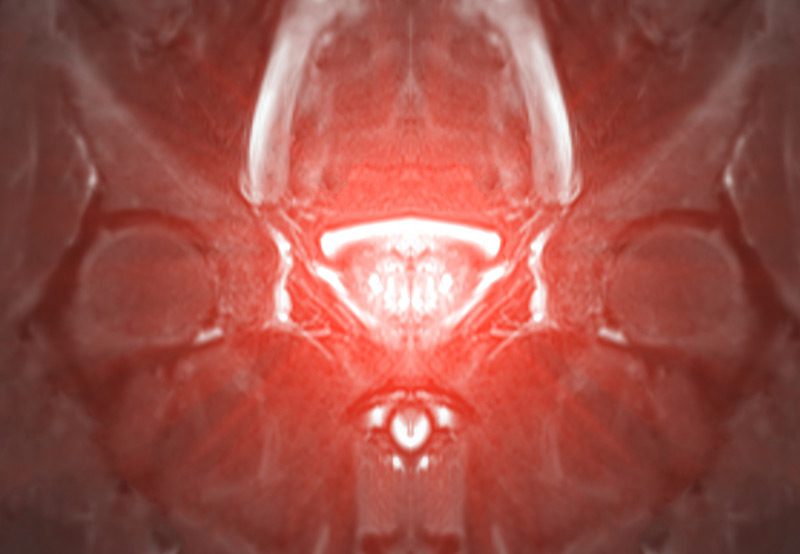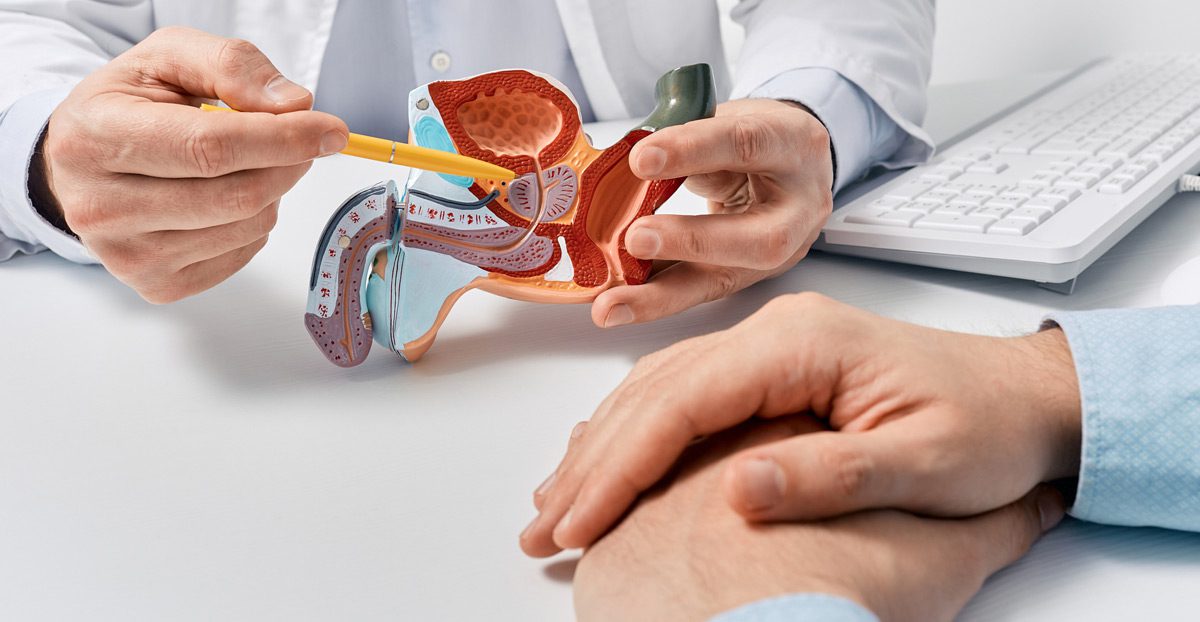

A KOELIS Trinity® biopsy is a precise, image-guided prostate biopsy technique that combines MRI and ultrasound fusion to target suspicious areas in the prostate. It is often used when evaluating elevated prostate-specific antigen (PSA) levels, abnormal digital rectal exams (DRE), or when previous biopsy results were inconclusive. Unlike traditional biopsy methods that take random tissue samples, the KOELIS Trinity® platform allows for targeted sampling, improving diagnostic accuracy.
When Is a KOELIS Trinity® Biopsy Recommended?
This advanced biopsy method is commonly used for:
- Elevated PSA Levels: Especially when PSA levels continue to rise despite previous negative biopsies.
- Abnormal MRI Results: To precisely biopsy lesions seen on multiparametric MRI.
- Inconclusive Prior Biopsies: When standard biopsies fail to confirm or rule out cancer.
- Active Surveillance: To monitor low-risk prostate cancer with greater accuracy.
- Treatment Planning: To determine the exact location, extent, and aggressiveness of cancer before definitive therapy.

How the Procedure Works
KOELIS Trinity® fusion biopsy uses cutting-edge software and tracking technology to enhance precision:
- Image Fusion: Multiparametric MRI scans of the prostate are taken before the biopsy and loaded into the KOELIS Trinity® system.
- Real-Time Ultrasound Integration: During the biopsy, real-time transrectal or transperineal ultrasound imaging is combined with the MRI data, allowing the urologist to see both views simultaneously.
- 3D Mapping: The system creates a 3D model of the prostate, guiding the physician directly to targeted areas.
- Sample Collection: Using this fusion guidance, tissue samples are taken from areas of concern. The software tracks each biopsy site, allowing for repeat sampling if necessary in future procedures.
Advantages Over Traditional Biopsy
- Greater Accuracy: Targets specific lesions rather than relying on random sampling.
- Fewer Samples Needed: Reduces the number of unnecessary needle passes.
- Lower Risk of Missed Cancer: Especially for lesions located in hard-to-reach zones like the anterior prostate.
- Improved Comfort and Safety: Transperineal approaches reduce the risk of infection compared to traditional transrectal biopsy.
What to Expect After the Procedure
KOELIS Trinity® biopsy is typically performed under local anesthesia with or without sedation. Most patients go home the same day. Mild discomfort, light bleeding in urine, or blood-tinged semen may occur temporarily. Serious complications are rare but can include infection or urinary retention.
Next Steps
If you have an elevated PSA, abnormal imaging, or need more precise monitoring of known prostate cancer, a KOELIS Trinity® biopsy may be the most accurate and least invasive way to get the answers you need. Talk to your urologist about whether this advanced technique is right for your evaluation or ongoing care.
